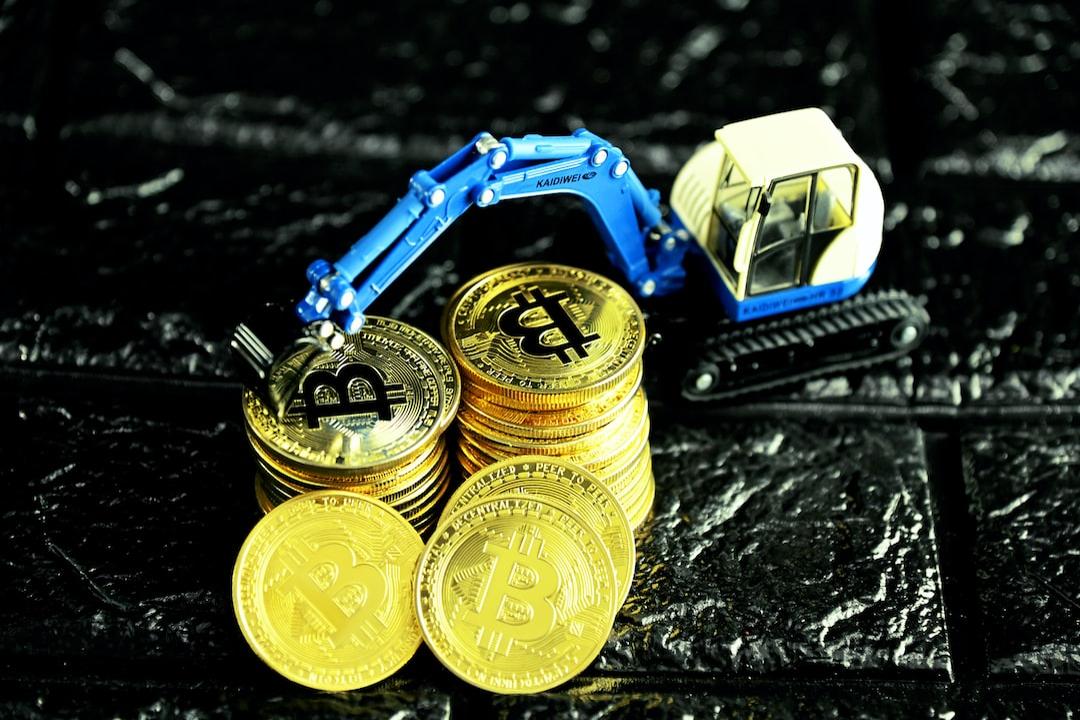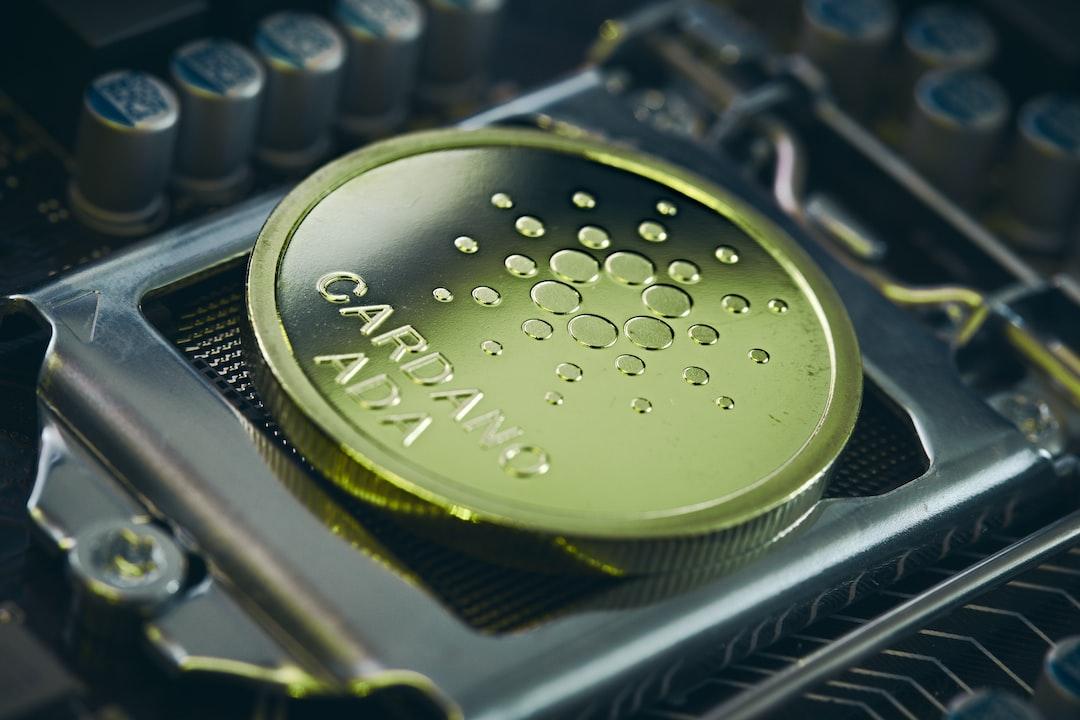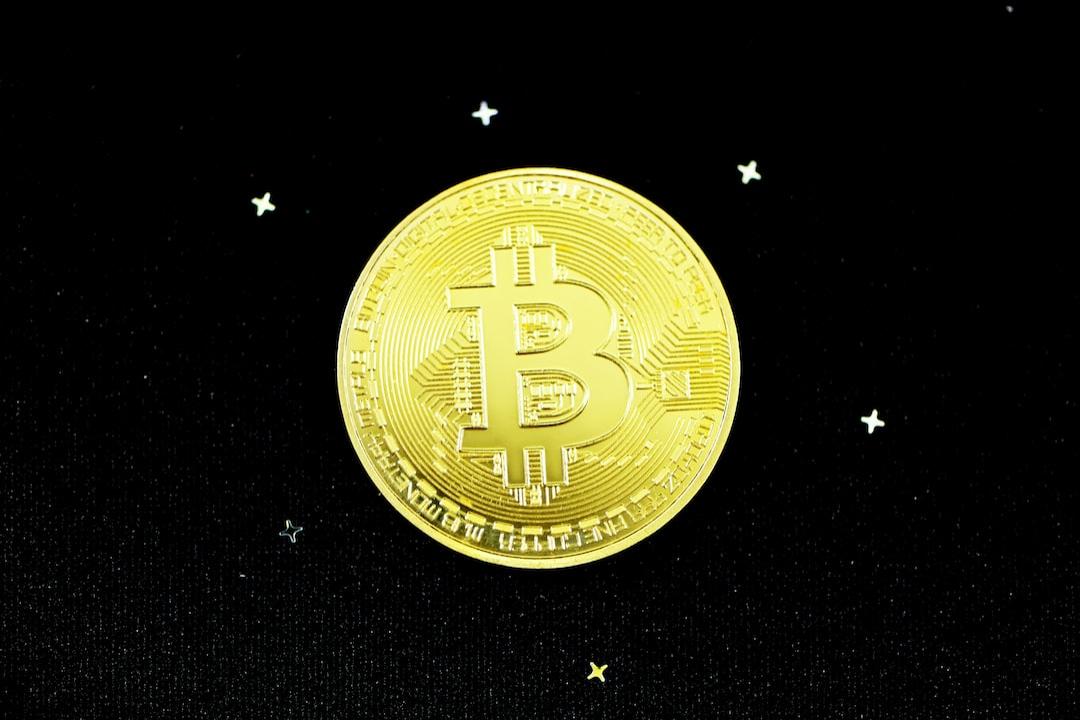Table of Contents
Toggle
Market Analysis – BTC Breaks Below $90,000 Threshold, Altcoins Rarely Strengthen, Short-Term Bargain Hunting Opportunities Arise
Altcoin Decline Slows, Market Begins to Show Signs of Stabilization
Has SOL’s Decline of Over 50% Already Been Priced In?
Market Conditions Unfavorable for Risk Assets
Tariff Delay Deadline for Canada and Mexico Approaches
February Consumer Confidence Index Declines
Market Focus on Nvidia Earnings Report and PCE Index
Nvidia Earnings Report
January PCE Index
Short-Term Market Dynamics Forecast
Binance Follow-Up Analysis
GTRadar – BULL
GTRadar – Balance
GTRadar – Potential Public Chain OKX
Focus News

BTC has fallen below $90,000 for the first time since Trump took office, further intensifying market panic. Additionally, last week, Bybit was hacked, resulting in the theft of $1.5 billion worth of ETH, setting a record for the largest cryptocurrency theft in history. ETH and SOL both declined over 10% in the past week, while some altcoins have dropped 70% to 80% since the peak of the bull market in December, creating an extremely pessimistic market atmosphere. The well-known market indicator, the Crypto Fear & Greed Index, currently scores only 21, indicating a state of extreme fear.


Despite the overall market downturn, it is noteworthy that BTC’s decline has been relatively more significant, with BTC.D (Bitcoin Dominance) actually dropping, indicating that the altcoin market has demonstrated relative resilience and even stronger performance during rebounds. The declines in some altcoins are nearing their limits, leading to a return of capital and forming short-term signs of stabilization.
Yesterday, the sectors that rebounded strongly included:
Meme Coins: PNUT, NEIRO, and WEN performed well and showed relatively strong trends.
DeFi Sector: The SEC announced the termination of its investigation into UNI, leading to a slight recovery in the DeFi sector.
SOL has dropped from a high of nearly $300 to $144, with a market capitalization evaporating by over 50%, making it a major casualty of this market correction. In addition to the overall market gloom, SOL’s sharp pullback has been influenced by the following factors:
A substantial decrease in on-chain trading volume and reduced market activity.
On March 1, 11.2 million SOL from FTX bankruptcy assets will be unlocked, leading the market to anticipate selling pressure and triggering panic selling.
However, these negative factors may have already been priced in, and SOL at the current price level ($144) offers relatively high value for long-term investors, making it a potential consideration for bargain hunting. As market panic subsides, funds may flow back in, driving some quality tokens to stabilize and rebound.
BTC is currently oversold in the short term, indicating a demand for a rebound.
Recently, BTC has fallen below $90,000, testing the $86,000 support level, exacerbating market panic. From a technical perspective, BTC continues to be pressured by the red downward trend line, with $86,000 to $88,000 serving as the short-term support zone. The trading volume in this range has notably increased, indicating a certain level of support, making it viable to attempt entry within this range, with a stop loss set at $86,000. The GT Radar investment portfolio will also begin to gradually enter for bargain hunting.
Affected by the new U.S. tariff system, multiple economic data points, and corporate earnings reports, the U.S. stock market’s performance this week has been underwhelming, making it difficult for the cryptocurrency market to remain insulated. The following factors are expected to continue influencing the direction of the investment market in the short term:
Although the new tariff implementation date was previously delayed through negotiations, the deadline for the tariff postponement is approaching. President Trump emphasized on the 24th that he plans to impose a 25% tariff on Canada and Mexico next month as scheduled. Trump stated at the White House: “We are imposing tariffs on time, and it seems that progress is quite fast.”
This move has led the already unstable market into further panic, as Trump’s high tariffs, while helping to enhance the competitiveness of U.S. domestic industries, may also cause U.S. prices to rise further, potentially reversing the hard-won easing of inflation.
In addition to policy matters, the economic data released this week also brought bad news. The latest data from the Conference Board shows that the U.S. Consumer Confidence Index fell for the third consecutive month in February, marking the largest decline since August 2021, and reaching a new low since June 2024. This further illustrates the pressure that the uncertainty of Trump administration policies has placed on American households.
Specifically, the Consumer Confidence Index for February fell by 7 points to 98.3, declining for the third consecutive month and falling short of economists’ estimate of 102.7, well below the revised previous value of 105.3. The report indicates that consumers are increasingly pessimistic about the current and future labor market conditions, as well as the outlook for income and business conditions.
Nvidia is set to release its fourth-quarter earnings report after the U.S. stock market closes on February 26. As a leading player in the technology and AI sectors, Nvidia’s earnings report is viewed as a health indicator for the tech industry, particularly regarding demand in the AI and data center markets. Strong earnings could boost investor confidence in technology stocks; conversely, disappointing results could lead to selling pressure, impacting the overall market.
According to Visible Alpha data, the revenue forecast for this quarter is $38.32 billion, a 73% year-over-year increase; while net profit is estimated at $21.08 billion, up 64% from $12.84 billion in the same period last year.


In addition to Nvidia’s earnings report, the January Personal Consumption Expenditures (PCE) price index, to be released on February 28, is also a key focus for the market this week. Since the PCE index and core PCE index are critical indicators that the Federal Reserve monitors for inflation, they may influence expectations for future interest rate decisions. Currently, the market expects PCE and core PCE to decline by 0.1 and 0.2 percentage points to 2.5% and 2.6%, respectively.
If PCE exceeds expectations, it would indicate increasing inflationary pressure in the U.S., leading the Federal Reserve to further delay the timeline for interest rate cuts, adversely affecting the overall market. Additionally, high inflation may make bonds more attractive compared to stocks, prompting investors to shift towards the bond market.
Overall, the short-term market trend can be categorized into the following scenarios:
Optimistic Scenario: If economic data shows strong growth (such as stable PCE inflation) and Nvidia’s earnings exceed expectations, the market may continue to rise, particularly in technology stocks.
Cautious Scenario: If economic data presents mixed signals (such as PCE inflation above expectations) and Nvidia’s earnings meet expectations, the market may remain stable, but volatility may increase.
Pessimistic Scenario: If economic data indicates an economic slowdown (such as an increase in initial jobless claims, PCE inflation above expectations) and Nvidia’s earnings perform below market expectations, the market may face downward pressure, particularly in technology stocks.
Since Bitcoin and cryptocurrencies are generally correlated with technology stocks, the performance of tech stocks also represents the potential direction of the cryptocurrency market.


Follow-Up Link


Follow-Up Link


Follow link
The returns of ‘GTRadar – BULL’, ‘GTRadar – Balanced’, and ‘GTRadar – Potential Public Chain OKX’ over the past 7 days were -1.71%, +0.56%, and -3.81%, respectively. The returns over the past 30 days were -6.9%, +0.64%, and -2.9%, respectively. Currently, ‘GTRadar – BULL’ has no positions. ‘GTRadar – Balanced’ holds a net short position of about 5%, primarily in SOL. ‘GTRadar – Potential Public Chain’ has no positions.
Long-term returns for followers who frequently change their investment portfolios are often inferior to those who consistently follow one portfolio. Do not hastily terminate trades due to short-term drawdowns; rather, based on the curve chart, drawdowns can actually be a good time to start following a trade. Frequent entries and exits can greatly reduce returns.
Trump criticizes the Biden administration’s hostility toward cryptocurrencies, reiterates his commitment to making the U.S. the “crypto capital”
Former U.S. President Donald Trump recently stated at the Future Investment Initiative (FII) conference held in Miami that Bitcoin has reached an all-time high, reflecting his commitment to transforming the U.S. into the “crypto capital.” Additionally, Trump criticized the SEC during the Biden administration for being overly hostile toward cryptocurrencies, emphasizing that this war is now entirely over.
Nigeria sues Binance: seeking $79.5 billion in damages and additional $2 billion in taxes
According to Reuters, the Nigerian government has formally filed a lawsuit against Binance, the world’s largest cryptocurrency exchange, seeking $79.5 billion in economic damages and an additional $2 billion in taxes. The government accuses Binance of causing the depreciation of the Naira and detained two senior executives of the company in 2024, as the cryptocurrency platform became a primary channel for Naira transactions.
SEC accepts 21Shares and Grayscale’s Ether ETF staking application
The SEC officially accepted the staking application for Ether ETFs from 21Shares and Grayscale over the past week. If approved, this ETF will be able to stake its held Ether (ETH), allowing investors to receive staking rewards. Furthermore, Fox Business reporter Eleanor Terrett cited sources indicating that the current SEC working group is quite interested in the “staking mechanism.”
Bybit exchange hacked for nearly $1.5 billion in Ether
Bybit exchange was hacked over the weekend, resulting in a total theft of $1.43 billion worth of ETH and related derivatives. Statistics indicate that this incident is the largest amount stolen in a single hack in cryptocurrency history, far surpassing the second-ranked Ronin cross-chain bridge attack. Fortunately, with assistance from various parties and Bybit’s own ample financial capacity, the platform absorbed all losses, causing no harm to its users.
Pump.fun reportedly to personally launch AMM
According to community disclosures, Pump.fun, a meme coin issuance platform within the Solana ecosystem, appears to be developing its own Automated Market Maker (AMM) liquidity pool, which is currently being tested at http://amm.pump.fun. Following this announcement, there was a significant drop in the price of the Raydium token associated with Pump.fun.
Crypto platform Infini hacked for nearly $50 million; founder uses personal funds for full compensation
Blockchain security company SlowMist reported on Monday that the smart contracts of the cryptocurrency platform Infini were attacked, resulting in the theft of approximately $50 million. Infini’s founder Christian stated that the platform’s withdrawal function remains normal and he will use personal funds for full compensation.
80% of SOL trading concentrated in bearish options! Deribit whales show strong bearish sentiment
According to CoinDesk, total block trades of SOL options on Deribit last week reached $32.39 million, accounting for nearly 25% of the exchange’s total options trading volume of $130.74 million. According to Amberdata, this is the “second highest” block trade proportion in history.
Strategy completes $2 billion convertible bond issuance and increases holdings of 20,356 Bitcoin
American software company Strategy (formerly MicroStrategy) announced on Monday that it has completed the issuance of $2 billion in zero-coupon convertible senior notes due in 2030, with plans to use the net proceeds for general corporate purposes, including Bitcoin acquisition and operating capital.
SBF posts on X for the first time in two years; FTT surges 30% within an hour
Currently serving time in prison, FTX founder Sam Bankman-Fried (SBF) posted a series of tweets on X regarding employee layoffs and corporate management challenges for the first time in two years. This sudden tweet led to a more than 30% surge in the price of FTT, which has become a meme coin, injecting new topics into the sluggish market.
U.S. SEC accepts Grayscale’s Cardano spot ETF application
The U.S. Securities and Exchange Commission (SEC) has accepted a proposal submitted by NYSE Arca, a fully electronic exchange under the New York Stock Exchange, on behalf of Grayscale to list and trade a Cardano spot exchange-traded fund (ETF).
Citadel Securities plans to enter the cryptocurrency market
Led by billionaire Ken Griffin, the renowned market maker Citadel Securities is seeking to become a liquidity provider for cryptocurrencies, betting that President Trump’s support for the industry will bring new development opportunities for this asset class.
U.S. Bitcoin and Ethereum ETFs face massive capital outflows; market sentiment turns cautious
On Monday (February 24), the U.S. spot Bitcoin ETF recorded over $516.4 million in net outflows, marking the fifth-largest single-day capital outflow record since its launch in January 2024. Meanwhile, the U.S. spot Ethereum ETF also experienced net outflows of $78 million on Monday, primarily driven by BlackRock’s ETHA, with total outflows over three days reaching $100 million.
SEC has terminated lawsuits and investigations against several cryptocurrency-related companies
According to multiple media reports, the U.S. Securities and Exchange Commission (SEC) has terminated lawsuits against Robinhood and Coinbase this week, also withdrawing its investigation into Uniswap Labs, and will not take further enforcement actions.
Strategy company’s Bitcoin premium plummets; “Bitcoin expansion strategy” may be forced to slow down
The premium of Strategy’s market capitalization relative to its Bitcoin holdings has dropped from 3.4 in November 2024 to 1.6 in February 2025. This decline indicates that the company’s capital for further Bitcoin purchases may be limited, forcing it to slow down its aggressive Bitcoin acquisition strategy.
The above content does not constitute any financial investment advice, and all data comes from GT Radar’s official announcements. Individual users may experience slight discrepancies due to differences in entry and exit prices, and past performance does not guarantee future results!

